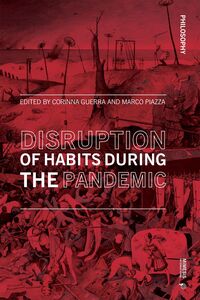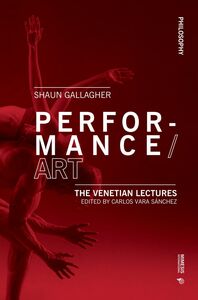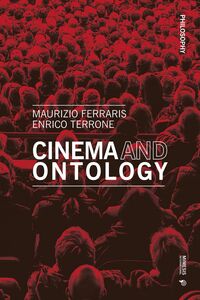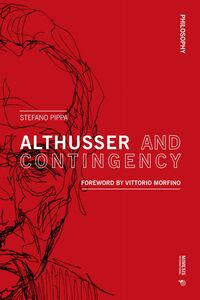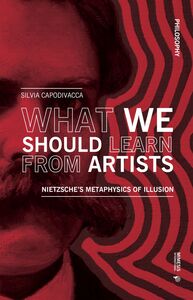
What can we learn from the way artists live and operate in the world? This is one of the questions that Nietzsche asks himself throughout the course of his work, although it is not one for which he is most famous. In its answer, the question functions as a swinging incessant movement that oscillates between a highly critical analysis of dogmas and prejudices of the Western philosophical tradition and an equally profound recognition of how important it is for each of us to cling to a system of certainties and truths that are but illusions necessary to life. Art speaks to us of this perpetual transit from the brutality of the real to the enchantment of an invented world and teaches us how to move between both extremes. Beyond stereotypes and false myths, the crucial nodes of Nietzsche’s thought are shown in a different light, demonstrating once again the complexity of a philosophy that resists all simplifications.
Detalles de eBook
-
Editor
-
Idioma
English -
Fecha de publicación
-
Colección
Sobre el autor
Silvia Capodivacca
Silvia Capodivacca, received her Ph.D. from the University of Padua. A former Visiting Researcher at Columbia University of New York, she is currently a Research Fellow at the University of Udine. Her area of studies is Late Modern and Contemporary German and French Philosophy.
She has published three books (Danzare in catene. Saggio su Nietzsche, 2009; Sul tragico. Tra Nietzsche e Freud, 2012; and Novecento. La storia, una vita, 2015) and numerous essays.
Her current research converges at the intersection of Aesthetics and History of Philosophy, focusing on Deleuze and the philosophy of digital environments.



